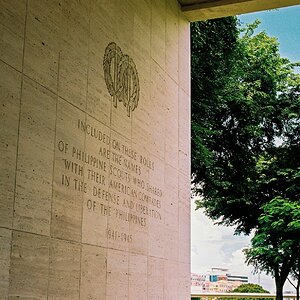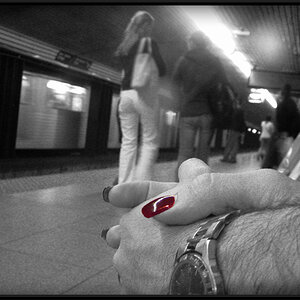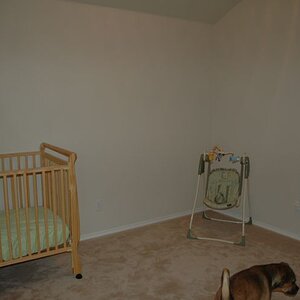nealjpage
multi format master in a film geek package
- Joined
- Sep 16, 2005
- Messages
- 3,479
- Reaction score
- 1
- Location
- Oregon
- Website
- www.myspace.com
- Can others edit my Photos
- Photos OK to edit
The Speed Graphic I bought came with four boxes of long-expired film. The Tri-x expired in 1983, and the two boxes of Vericolor II expired in 1982. The owner said that it's been refrigerated since it was new.
The question: any suggestions on what to do with this stuff? I figure I could use the Vericolor for cross-processing and maybe use the Tri-x at half its rated ISO? Mainly I want to use it for practice, but I don't want to waste it.
The question: any suggestions on what to do with this stuff? I figure I could use the Vericolor for cross-processing and maybe use the Tri-x at half its rated ISO? Mainly I want to use it for practice, but I don't want to waste it.






![[No title]](/data/xfmg/thumbnail/31/31743-3b294ee78fc71e7bfc025b01eafb0c2d.jpg?1619734986)



![[No title]](/data/xfmg/thumbnail/36/36099-feb952513e45dbf9f061ab28c1dc1121.jpg?1619737342)


![[No title]](/data/xfmg/thumbnail/31/31741-ad9747739b48f0eb100f953fdf764930.jpg?1619734985)